I'm relatively new to speaker building, only last summer, I restored a pair of 1971 Klipsch H700 Heresy speakers that I rescued from a dumpster on my job site almost 17 years ago:
Frankly, I was underwhelmed by the results: the highs were sibilant and harsh and the tone was boxy and dull. I was easily persuaded to do
@claudej12000 's Super Heresy mods, which I found more to my liking, but there remained some shortcomings from the stock, Decorator cabinets, namely the thin plywood transmitted too many resonances and while I considered bracing them, I felt that they needed their own boxes with proper baltic birch to really shine to their full potential and I made a pair from scratch, put the H700's back to stock and sold them off.

The super-H clones satisfied me for a while, but what they really did was opened my eyes to the beauty of horn speakers. Eventually, I kept wondering if they could be better and since I wasn't satisfied with the finish job I did on them, I decided to give them some mods to improve their sound, with an eye on building pair of "lifetime" speakers, somewhere down the road. cutting to the chase, I arrived at a set of mods that made them the functional equivalent of a pair of Klipsch Forte's, adding a bass extension bin with a 15" passive radiator and going through a series of mid horns, before settling on a K510 clone and a 2" driver, a PRV Audio D2200PH and one of Dave Ault's fantastic L-MAHL tweeters. Visually, it was a bit of a kluge, standing at over 4' tall and looking more like a collection of parts than an integrated speaker, but sonically, if was a few steps closer to audio nirvana and pointed the way to what I thought was my endgame speaker, envisioning what PWK's vaunted and short-lived Cornwall replacement, the Chorus, might sound like with a bigger mid horn & driver and a super tweeter.


It's not pretty, but with a little help in designing the crossover network, a modified ALK Universal and ultimately Bi-amping them with a Dayton Audio DSP 408, an Emotiva MiniX A-100 pushing the woofers and a lightly modded 15-Watt, P/P Glow Audio Amp Two driving the horns, the low-end played down to 30Hz, while the mids dipped down to just under 500Hz, filling my living room with luscious clarity and dulcet tones, bringing me one step closer to audio nirvana. However, as I began collecting parts and pricing out materials for the Super Chorus project, I ran into some roadblocks: my goal was to make them with the same internal volume as a Cornwall but leave behind the vintage box look for something a little more contemporary, with thick, solid wood motorboards, with diffraction bevels for a more up-to-date look. The only problem was that since the pandemic, the cost of materials has gone up exponentially and the price of 1.5" Walnut or mahogany began to make the intended build cost prohibitive. A chance encounter at a listening room in my neighborhood provided another option: LaScala clones:

To be honest, La Scalas had always seemed a bridge too far for me: their footprint, at 24" x 24" x 36-ish took up a lot of space and I couldn't justify them in my own mind, let alone consider WAF. To that end, my proposed Super-Chorus, at roughly 19" x 16" x 48", took up far less floor space and were only slightly larger than my Frankenstein Heresy/Forte/Jubilee experiment. However, hearing these ratty old LaScalas, even in a less than ideal configuration and setting, changed everything. Even my spouse was onboard after hearing them that night. With my eyes on an even better endgame , goaded and enabled, I scoured the internets for plans and instructions to make my own, top-ported La Scala clones. Plans in hand, I ordered material- 1" baltic birch or its alternatives aren't available anywhere in my area, so I settled on 1" maple-faced, poplar core ply for the bass bin cabinets and motorboards, while the doghouse would be constructed from 3/4" MDF, the upper horn enclosure will be made from a 3/4" Baltic Birch alternative, Spartan-Ply, while the entire cabinet will be painted piano black and face-trimmed with 5/4" Mahogany.
Even with my 30 years of experience as a master carpenter and cabinet maker, I was a little daunted at the perceived complexity of the bass bins, however, I was able to knock out the parts in less than an afternoon:
Instead of the K510 I'd used before, I opted for the popular 10' x 18" horn. I had a bad experience with ZXPC, where they sent me the wrong horns that were also damaged and refused to return them, so I opted for the the PRV version, which is substantially thicker. I've got it mocked up on a baffle board below with a K-792-K, but ultimately, I'll use an L-MAHL Machined Audio Horn Lens with a B & C DE10 driver.
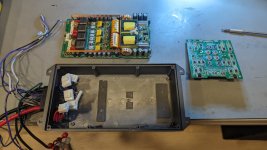
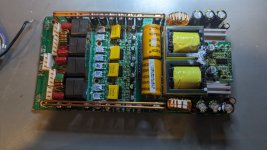
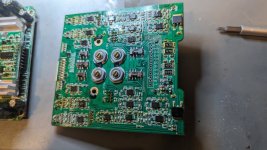
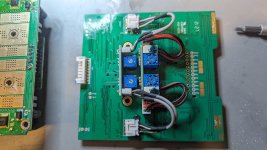

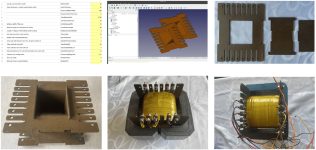
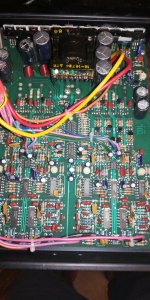
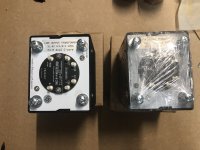
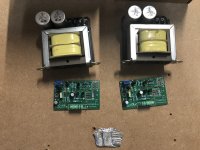

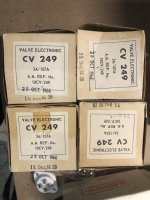

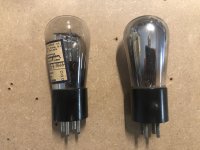
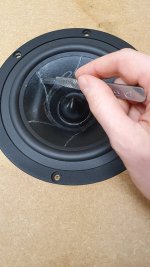

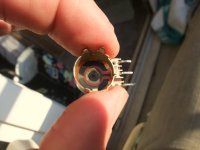
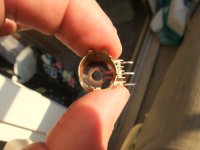
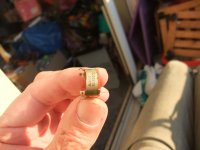
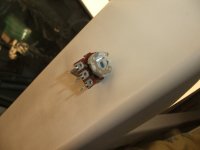

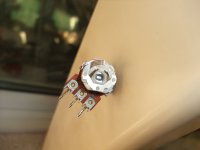
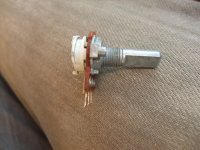
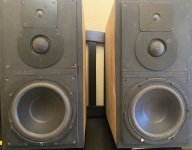
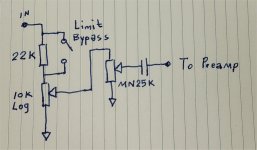
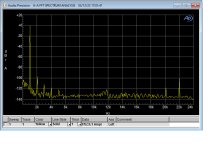
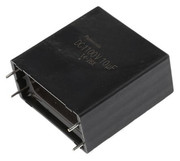
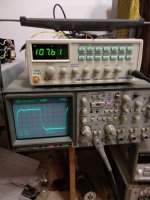
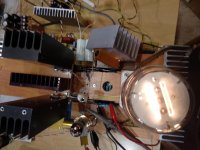
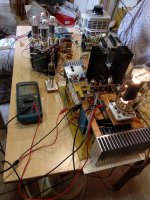
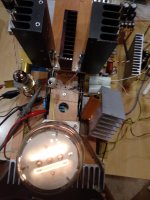
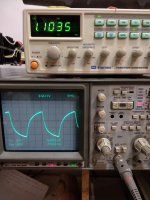
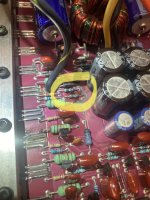
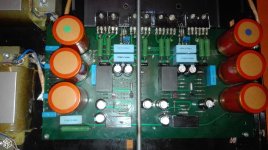
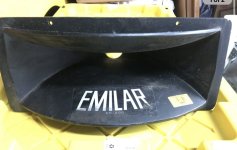
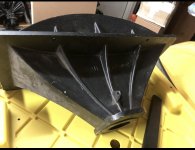
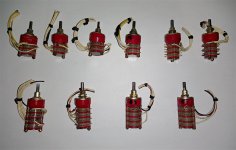
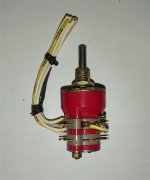
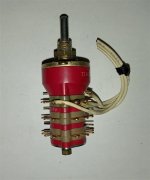
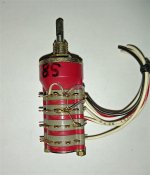
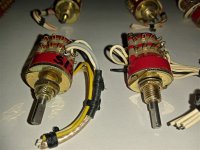

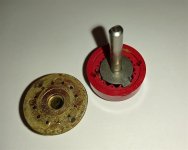
![IMG_2251[1].JPG](/community/data/attachments/1134/1134905-382b30247b05590a0ff22a9ee4c3b9e2.jpg?hash=OCswJHsFWQ)